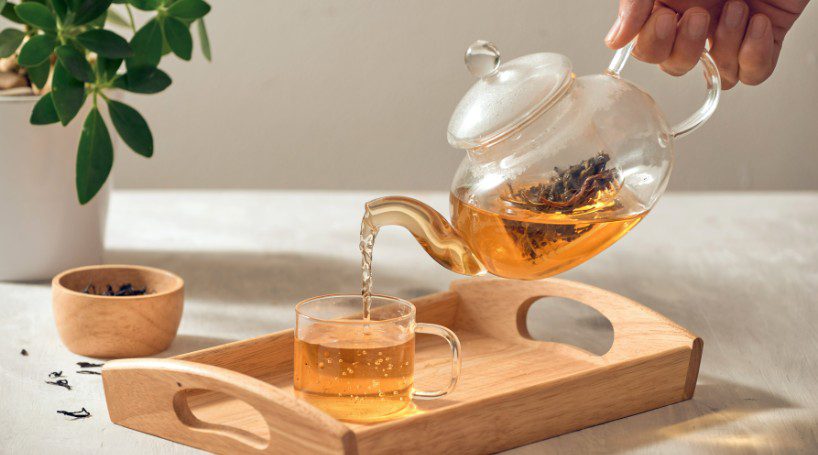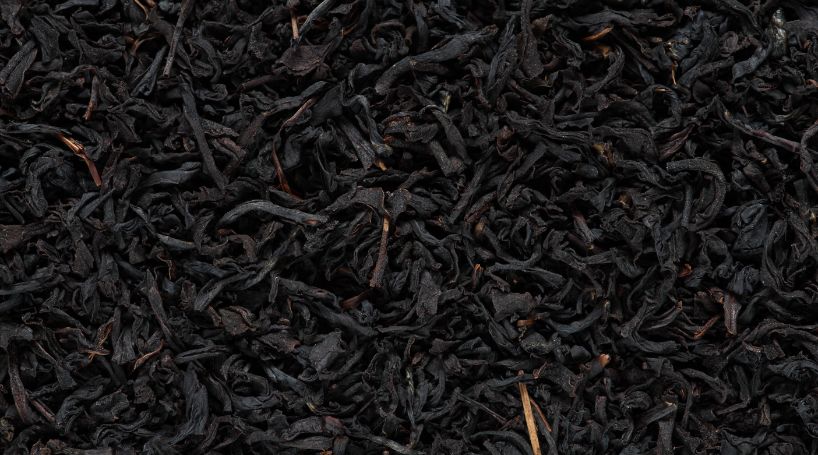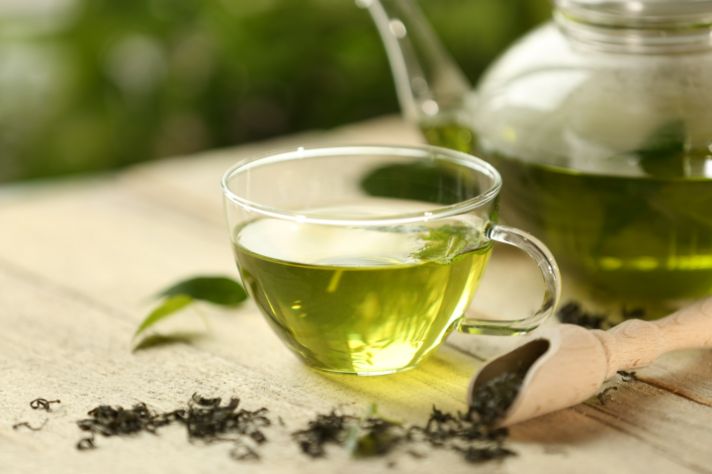
Known for its vibrant green colour when brewed, green tea has a variety of flavour options and is all carefully crafted to result in a unique taste.
Green tea originated in China, tracing back to 2737 BC, and even to this day it remains one of the world’s most loved loose leaf teas.
Green tea has remained popular due to the range and availability it has to offer, allowing it to be easily accessible to everyone across the globe.
In this article, we will discuss a range of topics around green tea and how to brew it.
Why Does Green Tea Need to be Brewed Differently to Black Tea?
Although both green and black tea originate from the same plant, there are a range of differences between them.
Green tea needs to be brewed differently from black tea due to differences in their processing and chemical composition, which affect their flavour and overall quality.
Green tea leaves are known to be more delicate and can easily turn bitter if brewed with water that is too hot.
If you are wondering what the correct temperature should be, we recommend the temperature to be 85°C. In contrast to green tea, black tea can be brewed at a higher temperature, usually around 93° to 100°C.
Brewing black tea at a higher temperature is essential for fully extracting its complex flavours and achieving the correct balance.

What Are The Differences Between Green & Black Tea?
Black tea and green tea differ mainly in their processing, flavour, caffeine content, and health benefits.
Green tea is minimally oxidised, allowing it to keep its vibrant green colour and fresh, grassy taste.
Health-wise they both equally have a range of health benefits, black tea is rich in Theaflavins and Thearubigins, which support heart health and digestion.
Green tea is full of antioxidants and bioactive compounds. It is known to improve brain function, aid in weight loss and boost heart health by lowering cholesterol.
So, if you were trying to understand if there is a difference between these two teas, then the answer would be yes.
However, this does not mean one is better than the other; both have a variety of benefits and unique tastes, and it depends on your own personal preferences.
How Much Tea Should I Use?
Knowing how much tea you should use is quite tricky, but it does depend on personal preference.
For a standard cup of tea, we recommend 1 teaspoon per 200ml.
If you discover this is not to your acquired taste, try using more or less depending on how you like it.
You can also adjust the brewing time to whatever you would like, whether you’d like it stronger, or weaker.
How to Brew Green Tea
If you’re struggling to know where to start when brewing green tea, we have put together a step-by-step guide to help you.
Step 1: Measure the Tea
Use 1 teaspoon per 200ml. If you prefer using tea bags, usually one should be enough per cup.
Step 2: Heat the Water
Bring fresh, filtered water to a temperature of 80°C.
Try your best not to boil the water, as it can turn the tea quite bitter.
If you don’t have access to a thermometer, let the water come to a boil and then allow it to cool for a minute or two.
Step 3: Pre-warm the Teapot or Cup
Pour a small amount of the hot water into your teapot or cup and gently swirl it around.
This helps to maintain the water temperature when you brew your tea. Discard the water after the cup feels warm.
Step 4: Add the Tea Leaves
Place the measured amount of tea leaves into your teapot, infuser, or directly into the cup.
Step 5: Pour the Water
Pour the hot water over the tea leaves, ensuring that all the leaves are fully submerged to achieve maximum flavour.
Step 6: Steep the Tea
Allow the tea to steep for 1 to 3 minutes.
Taste the tea after 1 minute and then every 30 seconds to find your preferred strength. Avoid steeping for too long as it can make the tea turn bitter.
Step 7: Remove the Leaves
Once the tea has reached your desired strength, remove the tea leaves or tea bag to stop the brewing process.
Step 8: Serve & Enjoy
Pour the tea into your cup and enjoy your green tea as it is, or add a slice of lemon or a little bit of honey if you prefer.

What is the Healthiest Way to Brew Green Tea?
The key to ensuring you are receiving the maximum health benefits from your green tea is investing in good-quality leaves.
Opting for high-quality green tea leaves can significantly impact the type of benefits you receive.
It will offer a richer concentration of antioxidants, a cleaner product free from harmful substances, and a more enjoyable drinking experience overall.
Does Boiling Water Destroy the Nutrients in Green Tea?
Boiling water can potentially degrade some of the nutrients and benefits of green tea, but the extent of nutrient loss depends on certain factors.
Boiling water can extract bitter compounds from tea leaves and degrade some heat-sensitive nutrients like catechins and vitamins.
A lesser known factor that can affect the nutrients in green tea is the water quality.
The mineral content and pH level of the water can affect the extraction and retention of nutrients from the leaves.
Using filtered or purified water may help mitigate potential nutrient loss.
Buy Green Tea at Leaf Tea Shop
If you have tasted green tea before, and found it was quite bitter or tasteless, the reason for this is that it wasn’t brewed correctly.
A perfectly brewed cup of green tea could change your whole perspective on the taste.
So, with that in mind, we hope that this article has helped you in one way or another.
Here at Leaf Tea Shop, we stock a wide selection of loose-leaf teas, including a large variety of green teas.
If you would like to test out some of the green tea we have to offer, visit our online tea store to buy high-quality teas.




